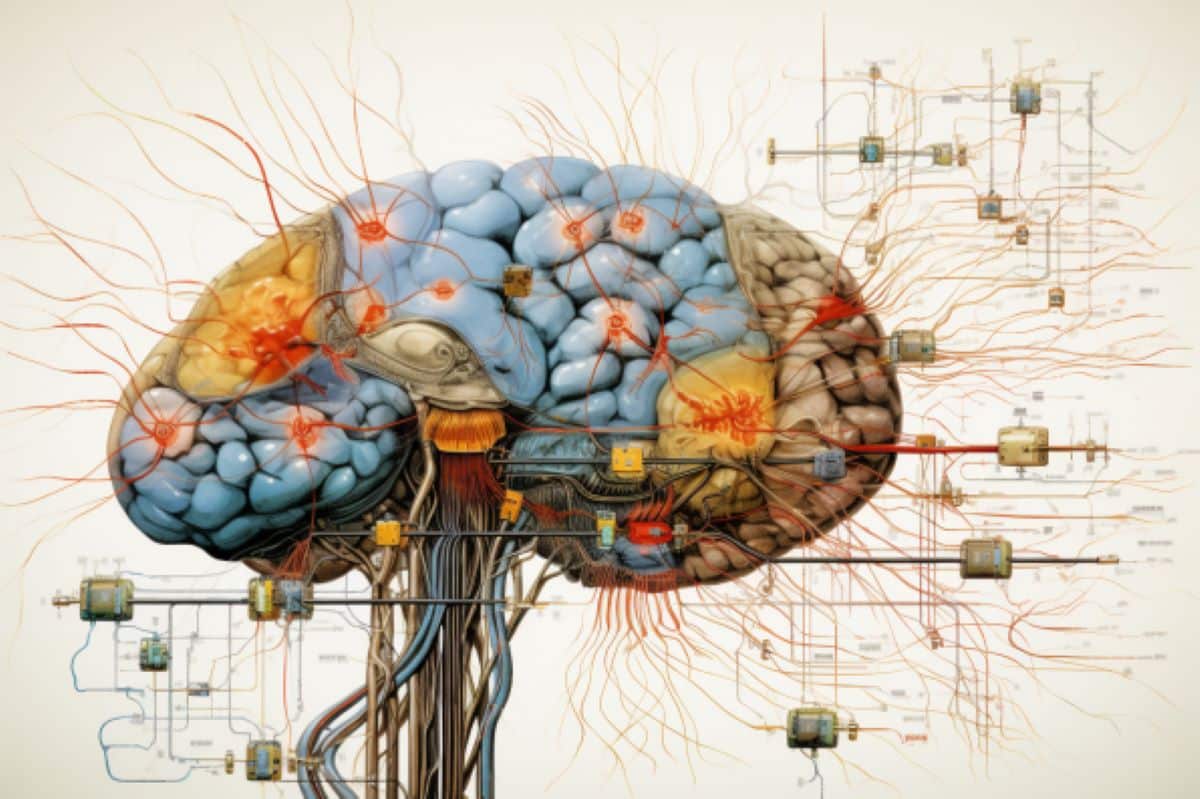

- Brigham researchers analyzed data from 144 studies across different forms of brain imaging and substances, finding a common brain network linked to addiction
- The study suggests there may be a specific circuit to target with neurostimulation therapies to combat addiction, independent of the substance to which a patient is addicted
A new study by researchers at Brigham and Women’s Hospital, a founding member of the Mass General Brigham healthcare system, suggests a common brain network exists among people with substance use disorder. By evaluating data from across more than 144 studies of addiction, the team found abnormalities across substance use disorders mapped to a common brain network across substances and lesion locations, suggesting a potential brain circuit to target with neurostimulation therapies. The findings are published in Nature Mental Health.
“Our study found that different brain regions implicated in addiction are all a part of a common brain circuit,” said Michael Fox, MD, PhD, a corresponding author on the paper and founding director of the Center for Brain Circuit Therapeutics at Brigham and Women’s Hospital. “Consistency across different papers means we now have a brain circuit to target addiction with treatments, rather than just a region.”
Fox collaborated with others in the Center for Brain Circuit Therapeutics as well as researchers from British Columbia, Boston Children’s Hospital, Wake Forest School of Medicine, and Philips Healthcare to complete the study. The first author of the paper, Jacob Stubbs, PhD, is a medical student at the University of British Columbia. The study started when Stubbs was a visiting scholar at Brigham and Women’s Hospital under Fox.
The team looked at data from previous studies involving more than 9,000 participants. Within each of those studies, different brain regions were noted as a place to target to treat addiction.
“The best potential targets were unclear because of how many different abnormalities have been found across those previous studies,” Stubbs said.
Researchers used a network mapping approach with an average wiring diagram to find the link between the different types of brain imaging lesions that affect addiction. It also looked at different substances and found the network was common, whether someone was addicted to nicotine, alcohol, cocaine or heroin.
“What’s fascinating is that because there’s so much heterogeneity in the neuroimaging and substance use disorder literature, we thought it was unlikely that we’d find a common circuit. But after much work and collaboration, we found something,” Stubbs said. “It’s exciting science.”
One limitation to the study is because the data came from previous studies and the findings are correlative, the authors could not conclude causation. Stubbs also noted there are many ways to look at brain imaging, which makes looking at the data more complicated.
Fox said that despite the extensive data points, narrowing down a specific circuit fills in a gap from previous studies done in the Center for Brain Circuit Therapeutics, bringing targeted neurostimulation to treat addiction, like transcranial magnetic stimulation, closer to patients in a clinical setting.
“This study connects our previous work on lesions that stopped addiction to the last 50 years of research on neuroimaging abnormalities in patents with addiction,” Fox said.
Joseph Taylor, MD, PhD, a psychiatrist and clinical director of transcranial magnetic stimulation at the CBCT, and a co-author of the paper, said that unification is a huge step in the field of brain circuit therapeutics.
“This convergence boosts our confidence that we are starting to understand the circuitry of substance use disorders,” Taylor said.

